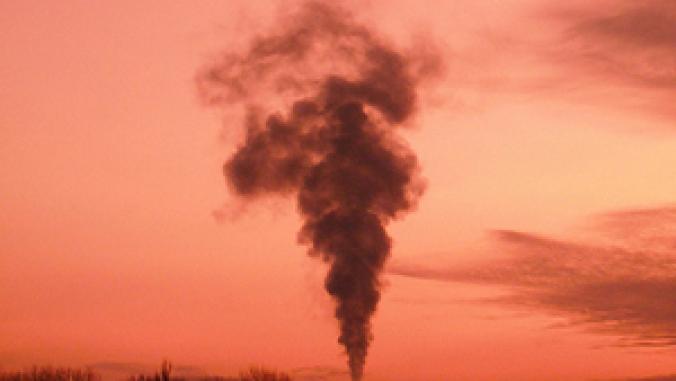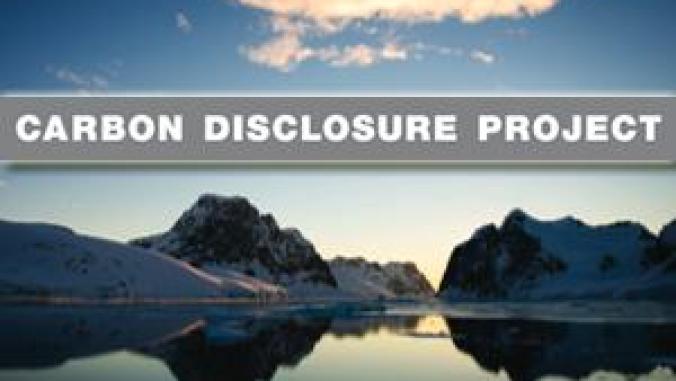Report Identifies 'Carbon Efficiency' as a Key to Growing Market Share
<p>Companies need to understand how looming carbon costs will impact their future profitability compared to their competitors in order to gauge how much can be passed on to customers without sacrificing market share, according to a new report from research firm Trucost and standards nonprofit NSF International.</p>

When it comes to greenhouse gas reporting and management, an alarming number of S&P 500 companies are woefully unprepared.
But getting a handle on their carbon footprints will offer companies clues to the future financial and competitive risks they face in a carbon-constrained economy where pollution will carry both direct and indirect costs.
The bottom line: Companies need to understand how looming carbon costs will impact their future profitability compared to their competitors in order to gauge how much can be passed on to customers, according to a new report from research firm Trucost Plc and standards nonprofit {related_content} NSF International.
The two organizations released a study in June that examined the carbon risks and opportunities faced by the S&P 500 companies in sectors such as chemicals, food and beverage, personal and household goods, automobiles and parts, and retail.
Using these findings as a basis, Trucost and NSF published a new report Wednesday titled, “Carbon Emissions -- Measuring the Risks,” to highlight the importance of sizing up environmental impacts ahead of pending climate change regulations.
More than 80 percent of emissions occur in suppy chains. Companies that emit fewer greenhouse gas emissions will gain market share, the report predicted. This will present a dilemma to more carbon-intensive companies because trying to pass on costs to customers will lead to a shift toward cheaper and less carbon-intensive goods; they won’t be able to do this without sacrificing market share.
The chemicals industry faces the most risk exposure to future carbon costs, followed by the food and beverage and industrial goods and services, the report found.
At a projected $15 per ton of carbon dioxide (CO2) in 2011 forecast under the American Clean Energy and Security Act working its way through Congress, the chemical industry faces CO2 costs equal to about 5.5 percent of its earnings. That rises to 9.6 percent of earnings if CO2 cost $26 per ton in 2019 as predicted by the Congressional Budget Office. The range of exposure within this sector, however, varies wildly, ranging from 0.5 percent to 25 percent for individual companies.

But the food and beverage sector also faces substantial risk. The report warned the sector to measure emissions from suppliers since indirect emissions are up to 10 times greater than direct emissions generated in their operations. Suppliers are also more likely to pass on costs associated with carbon pricing and cap-and-trade schemes.
At $15 per ton of CO2, the food and beverage sector faces future costs of about 1.6 percent of earnings in 2011. However, the company with the highest carbon costs in the study is 28 times more exposed than its sector competitor with the lowest carbon cost.
Once companies have measured their footprint, they can identify opportunities to become more efficient, reduce emissions and lower costs, especially when the actions take effect in the supply chain, from which costs are inevitably passed down. More efficient companies can also open up a revenue stream by selling unneeded emissions permits to less efficient organizations if covered under a cap-and-trade program.




